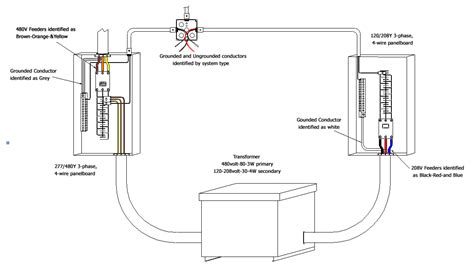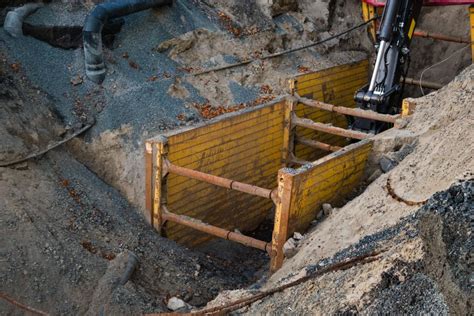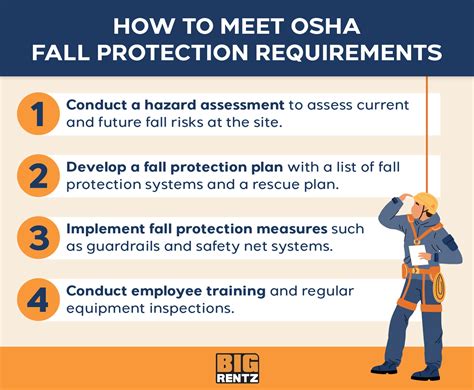are open junction boxes with exposed wires a osha violation All pull boxes, junction boxes, and fittings shall be provided with covers identified for the purpose. If metal covers are used, they shall be grounded. In completed installations, each outlet box shall have a cover, faceplate, or fixture canopy. Yumbox Presto Leakproof 18/8 grade Stainless Steel Bento is designed for kids and adults. The 5 compartment stainless steel tray makes it easy to pack a nutritious lunch for work, school, sports and travel.
0 · OSHA ungrounded conductor regulations
1 · OSHA underground box cover regulations
2 · OSHA open conductor protection requirements
3 · OSHA metal enclosed equipment regulations
4 · OSHA electrical disconnecting requirements
5 · OSHA electrical continuity regulations
6 · OSHA disconnecting circuit requirements
7 · OSHA aluminum connecting terminal requirements
$900.00
All pull boxes, junction boxes, and fittings shall be provided with covers identified for the purpose. If metal covers are used, they shall be grounded. In completed installations, each outlet box shall have a cover, faceplate, or fixture canopy.

boxed accordion zip wallet with metallic colorblock
Switchboards that have any exposed live parts shall be located in permanently dry .Unused openings in boxes, raceways, auxiliary gutters, cabinets, equipment cases, or housings shall be effectively closed to afford protection substantially equivalent to the wall of the .Switchboards that have any exposed live parts shall be located in permanently dry locations and accessible only to qualified persons. Panelboards shall be mounted in cabinets, cutout boxes, .

OSHA ungrounded conductor regulations
Both OSHA and NFPA also prohibit direct contact between wires and conductive materials, such as metal or water. Junction boxes without covers are the most common places to find exposed .Many times the opening is an open knockout where a used box is installed and the opening is not properly plugged. The primary issue with covers and canopies is that junction and pull boxes are often left uncovered.
OSHA 1910.303 (g) (2) (i) requires all energized conductors > 50 volts within eight (8’) feet of the floor or working surface to be guarded against accidental contact. Typical violations include exposed electrical wiring, . Wires—particularly flexible wires—cover wide areas, may be misconfigured, and can wear down easily, making hazards difficult to manage. Examples of electrical hazards include the following: torn, frayed, or exposed .On the right-hand side, if you happen to see outlets that have some of these black markings on them, it could be an indicationn that the outlet itself has been wired improperly, and maybe we have a reverse polarity circumstance, that's .Frames of electric ranges, wall-mounted ovens, counter-mounted cooking units, clothes dryers, and metal outlet or junction boxes that are part of the circuit for these appliances shall be .
OSHA underground box cover regulations
OSHA open conductor protection requirements
All pull boxes, junction boxes, and fittings shall be provided with covers identified for the purpose. If metal covers are used, they shall be grounded. In completed installations, each outlet box shall have a cover, faceplate, or fixture canopy.

Unused openings in boxes, raceways, auxiliary gutters, cabinets, equipment cases, or housings shall be effectively closed to afford protection substantially equivalent to the wall of the equipment.
Both OSHA and NFPA also prohibit direct contact between wires and conductive materials, such as metal or water. Junction boxes without covers are the most common places to find exposed and hazardous wires. Electricians use junction boxes to connect new installations or extend existing installations.
Switchboards that have any exposed live parts shall be located in permanently dry locations and accessible only to qualified persons. Panelboards shall be mounted in cabinets, cutout boxes, or enclosures designed for the purpose and shall be dead front.Both OSHA and NFPA also prohibit direct contact between wires and conductive materials, such as metal or water. Junction boxes without covers are the most common places to find exposed and hazardous wires. Electricians use junc-tion boxes to connect new installations or extend existing installations. When energized junction boxes are uncovered,Many times the opening is an open knockout where a used box is installed and the opening is not properly plugged. The primary issue with covers and canopies is that junction and pull boxes are often left uncovered. OSHA 1910.303 (g) (2) (i) requires all energized conductors > 50 volts within eight (8’) feet of the floor or working surface to be guarded against accidental contact. Typical violations include exposed electrical wiring, unguarded receptacles, and unguarded fluorescent lighting.
Wires—particularly flexible wires—cover wide areas, may be misconfigured, and can wear down easily, making hazards difficult to manage. Examples of electrical hazards include the following: torn, frayed, or exposed wiresOn the right-hand side, if you happen to see outlets that have some of these black markings on them, it could be an indicationn that the outlet itself has been wired improperly, and maybe we have a reverse polarity circumstance, that's causing some arcing in that particular outlet.
Frames of electric ranges, wall-mounted ovens, counter-mounted cooking units, clothes dryers, and metal outlet or junction boxes that are part of the circuit for these appliances shall be grounded.All pull boxes, junction boxes, and fittings shall be provided with covers identified for the purpose. If metal covers are used, they shall be grounded. In completed installations, each outlet box shall have a cover, faceplate, or fixture canopy.
Unused openings in boxes, raceways, auxiliary gutters, cabinets, equipment cases, or housings shall be effectively closed to afford protection substantially equivalent to the wall of the equipment.Both OSHA and NFPA also prohibit direct contact between wires and conductive materials, such as metal or water. Junction boxes without covers are the most common places to find exposed and hazardous wires. Electricians use junction boxes to connect new installations or extend existing installations.Switchboards that have any exposed live parts shall be located in permanently dry locations and accessible only to qualified persons. Panelboards shall be mounted in cabinets, cutout boxes, or enclosures designed for the purpose and shall be dead front.
Both OSHA and NFPA also prohibit direct contact between wires and conductive materials, such as metal or water. Junction boxes without covers are the most common places to find exposed and hazardous wires. Electricians use junc-tion boxes to connect new installations or extend existing installations. When energized junction boxes are uncovered,
OSHA metal enclosed equipment regulations
Many times the opening is an open knockout where a used box is installed and the opening is not properly plugged. The primary issue with covers and canopies is that junction and pull boxes are often left uncovered. OSHA 1910.303 (g) (2) (i) requires all energized conductors > 50 volts within eight (8’) feet of the floor or working surface to be guarded against accidental contact. Typical violations include exposed electrical wiring, unguarded receptacles, and unguarded fluorescent lighting. Wires—particularly flexible wires—cover wide areas, may be misconfigured, and can wear down easily, making hazards difficult to manage. Examples of electrical hazards include the following: torn, frayed, or exposed wiresOn the right-hand side, if you happen to see outlets that have some of these black markings on them, it could be an indicationn that the outlet itself has been wired improperly, and maybe we have a reverse polarity circumstance, that's causing some arcing in that particular outlet.
OSHA electrical disconnecting requirements
About Press Copyright Contact us Creators Advertise Developers Terms Privacy Policy & Safety How YouTube works Test new features NFL Sunday Ticket Press Copyright .
are open junction boxes with exposed wires a osha violation|OSHA underground box cover regulations